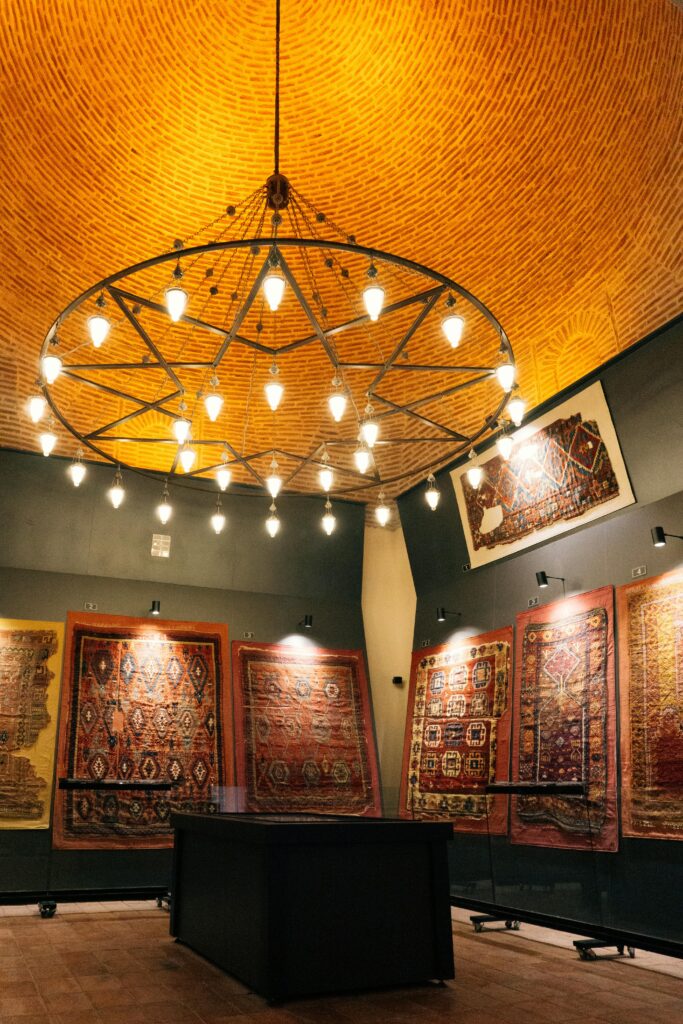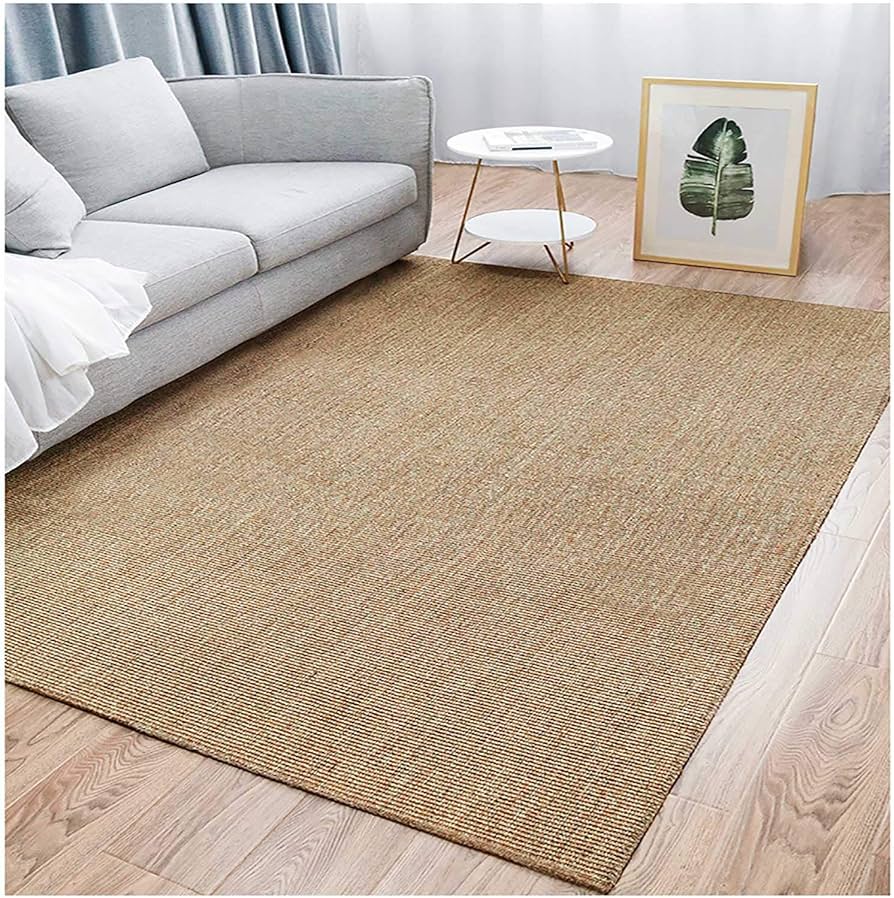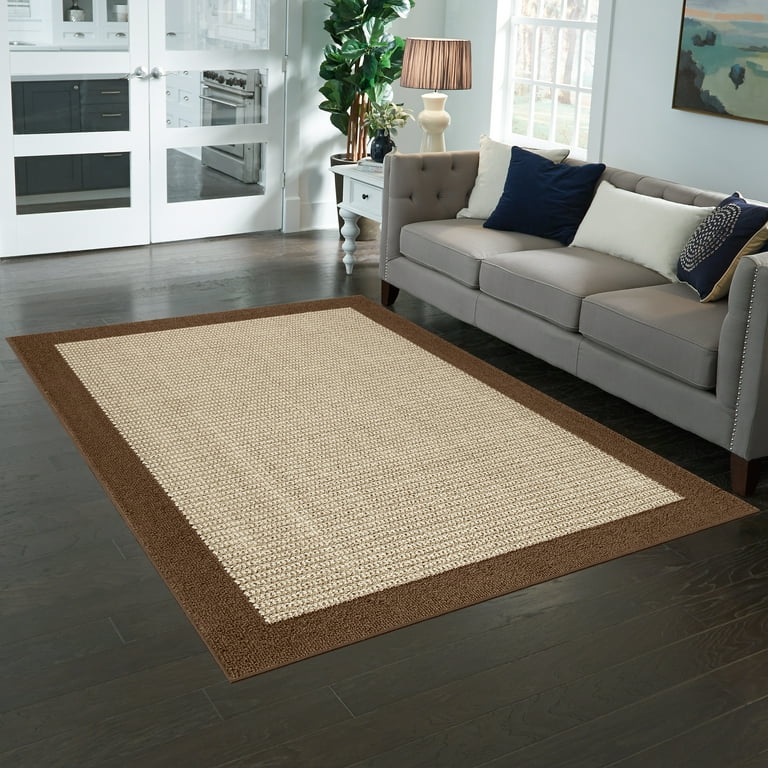When it comes to enhancing the look and functionality of your home, one often overlooked area is the staircase. The stairs in a home are not only an essential feature for moving between levels but also a space that can be stylishly accentuated with the right choice of flooring. Carpet for steps is an excellent way to achieve both safety and aesthetics, providing a comfortable, attractive, and practical solution.
Why Choose Carpet for Steps?
One of the primary reasons homeowners choose carpet for steps is the added comfort it provides. Hard flooring materials like wood, tile, or stone can be slippery, especially when wet, posing a risk of slipping. Carpet for steps offers a safer alternative by increasing traction and reducing the likelihood of falls. Whether you have young children, elderly relatives, or pets, the soft, cushioned texture of carpet makes it a safer choice.
Another significant benefit of using carpet for steps is its ability to improve the acoustics in your home. Stairs can create echoing sounds when traversed, especially in larger homes with hard surfaces. Carpeting helps dampen sound, providing a quieter and more peaceful environment. This can be particularly beneficial in homes with multiple levels, where the sound of footsteps can travel throughout the house.
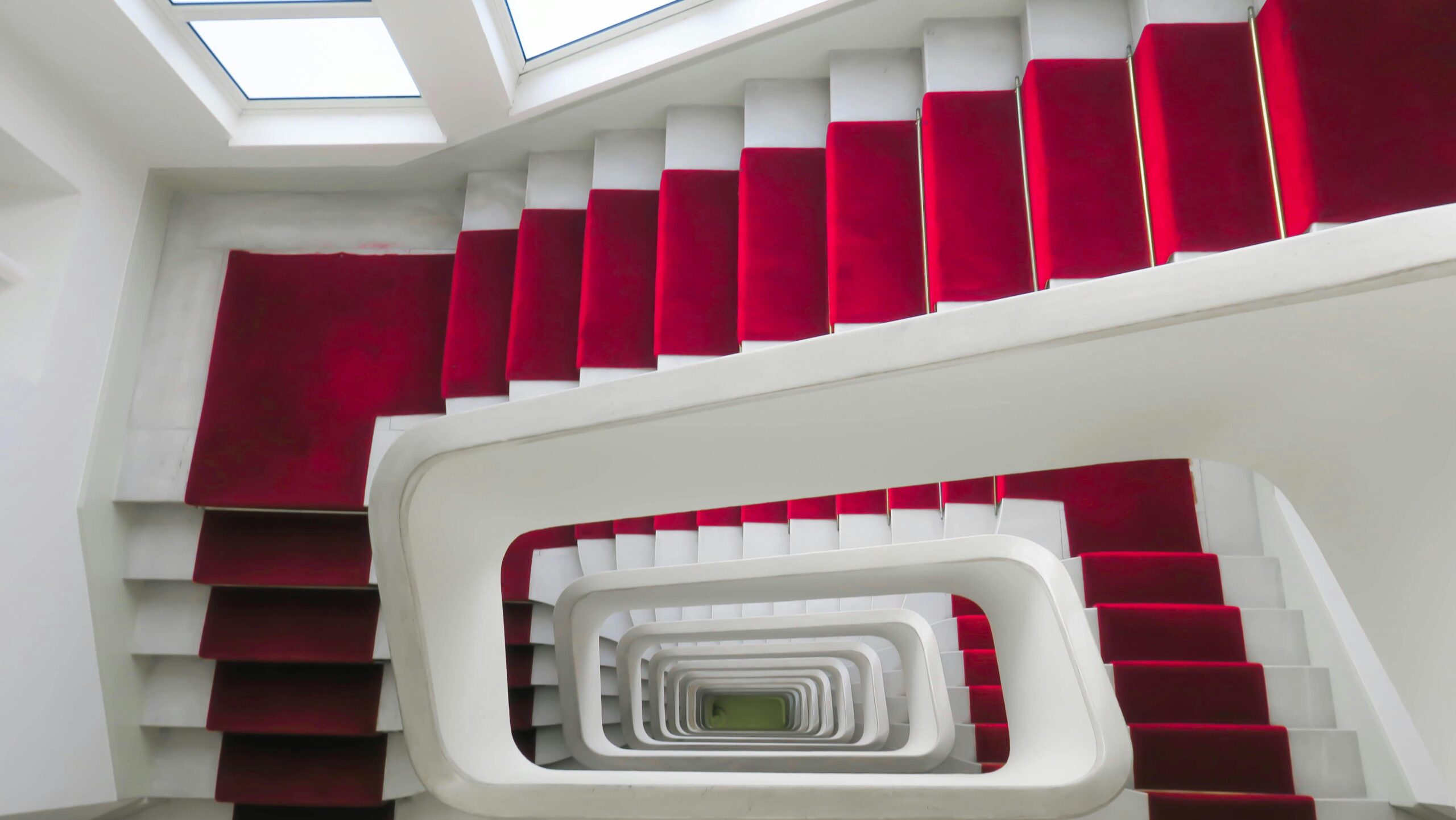
Different Types of Carpet for Steps
When it comes to selecting carpet for steps, there are various options available to suit different preferences and needs. The type of carpet you choose should depend on factors such as durability, style, and ease of maintenance.
- Berber Carpet for Steps: Berber carpet is a popular choice for stairs due to its durability and timeless design. Made from looped fibers, Berber carpets are known for their ability to withstand high foot traffic without showing signs of wear and tear. Additionally, Berber carpets are available in a wide range of colors and patterns, allowing homeowners to match their carpet for steps to their home’s decor.
- Plush Carpet for Steps: If you prefer a soft, luxurious feel underfoot, plush carpet may be the perfect choice for your stairs. Plush carpets have a smooth, even texture that provides a high level of comfort. However, plush carpet tends to show dirt and footprints more easily, so it may require more maintenance than other types of carpet for steps.
- Frieze Carpet for Steps: Frieze carpets are known for their twisted, curly fibers, which create a casual and stylish look. This type of carpet is highly durable and resistant to crushing, making it an excellent option for stairs that experience a lot of foot traffic. Frieze carpet for steps also has a unique texture that hides dirt and stains well.
- Cut Pile Carpet for Steps: Cut pile carpets are another common choice for stairways. These carpets are made from fibers that are cut at an even length, creating a soft, plush feel. Cut pile carpet for steps is available in various densities, so homeowners can choose the level of softness they prefer. It’s important to note that cut pile carpets are less durable than looped options like Berber but still offer a comfortable and visually appealing option.
- Low-Pile Carpet for Steps: Low-pile carpets feature shorter fibers and a denser weave. These carpets are durable and easy to clean, making them ideal for high-traffic areas like stairs. A low-pile carpet for steps also has a sleek, modern look and is more resistant to matting and crushing than thicker pile options.
The Benefits of Carpet for Steps
There are several compelling reasons why you should consider carpet for steps in your home. Let’s take a closer look at some of the key benefits:
1. Enhanced Safety
As mentioned earlier, one of the primary reasons for choosing carpet for steps is safety. The soft, textured surface of carpet reduces the risk of slipping, particularly in homes with children, seniors, or pets. This is particularly important if you have stairs that are used frequently, as the risk of accidents is higher in such areas.
2. Increased Comfort
Walking on carpeted stairs is far more comfortable than on hard surfaces. Carpet for steps provides a cushioned feel, which makes ascending and descending the stairs much easier on your feet and joints. This added comfort can be especially beneficial for those with arthritis or other conditions that affect mobility.
3. Aesthetic Appeal
Carpet for steps can instantly elevate the look of your staircase. With the wide variety of carpet colors, patterns, and textures available, you can choose a carpet that complements your home’s interior design. Whether you’re looking for a bold, modern design or a more traditional look, carpet for steps can be tailored to suit your personal style.
4. Noise Reduction
Another benefit of using carpet for steps is its ability to reduce noise. Hardwood or tile stairs can create echoes that amplify sounds as people walk up and down. Carpet absorbs these sounds, creating a quieter environment in your home. This is particularly useful in multi-story homes, where the sound of footsteps can travel from one level to another.
5. Easier Maintenance
Carpet for steps is often easier to maintain than other types of flooring. While carpets do require regular cleaning and occasional professional cleaning, they are much easier to clean than hard surfaces like wood or stone. In the event of spills or stains, carpet for steps can be quickly cleaned with a vacuum or stain remover, whereas hard surfaces may require more intensive cleaning.
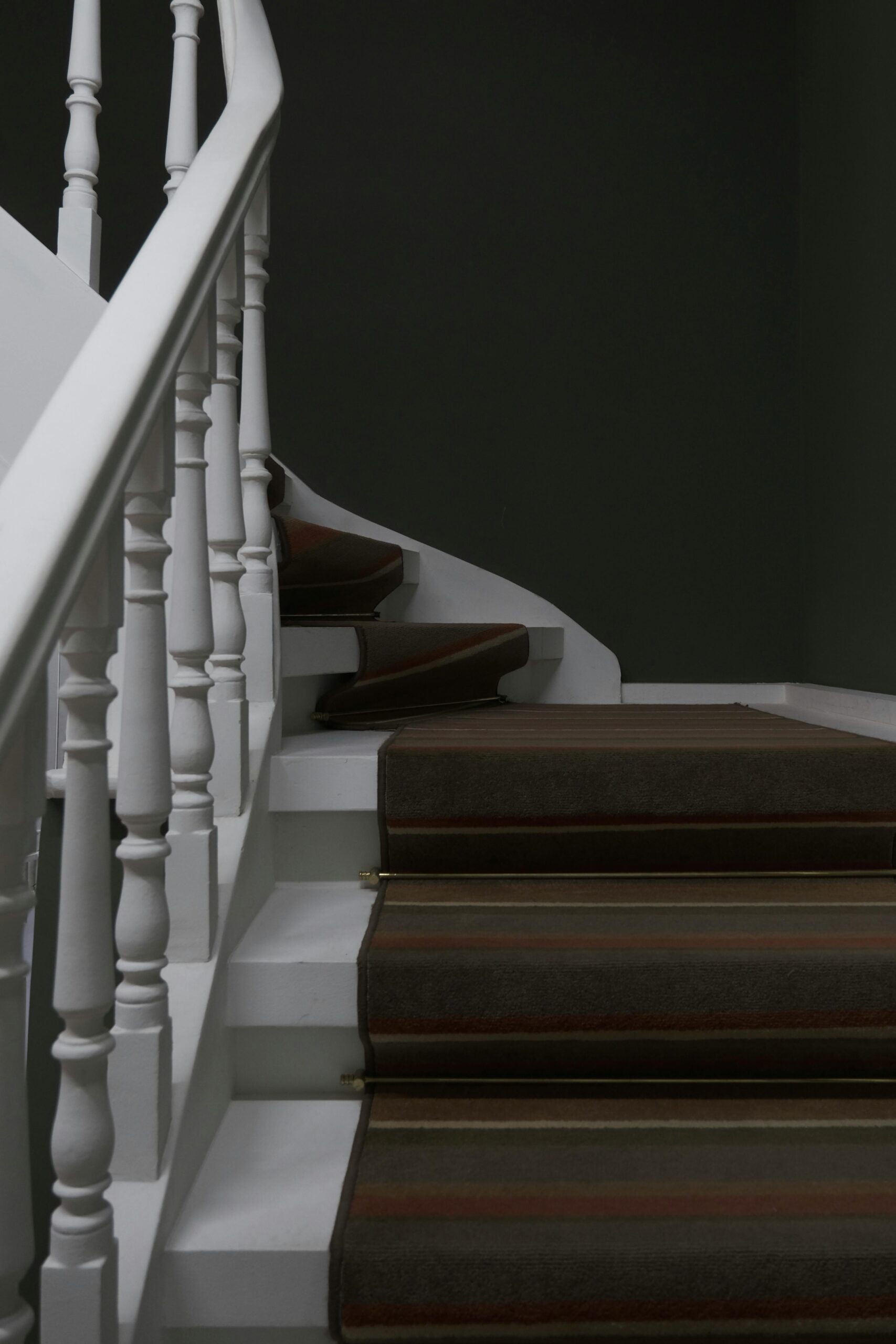
Choosing the Right Carpet for Steps
When selecting carpet for steps, it’s essential to consider several factors to ensure you make the right choice. Here are some key considerations:
1. Durability
Stairs are high-traffic areas, so durability should be a top priority when selecting carpet for steps. Choose a carpet that can withstand heavy foot traffic without showing signs of wear. Berber, frieze, and low-pile carpets tend to be the most durable options.
2. Material
The material of the carpet is another important factor. Wool carpets are known for their durability, luxury, and stain resistance, but they can be expensive. Synthetic materials like nylon and polyester offer more affordable options and are also durable and stain-resistant.
3. Color and Style
The color and style of your carpet for steps should match the overall design of your home. Lighter colors can make the space feel more open and airy, while darker colors may add a touch of sophistication. Patterns can also add visual interest, but keep in mind that bold patterns may require more frequent cleaning to keep them looking fresh.
4. Underlay
When installing carpet for steps, it’s important to choose the right underlay. A high-quality underlay will not only provide additional comfort but also increase the carpet’s longevity. A good underlay will reduce the impact of foot traffic and prevent the carpet from becoming crushed over time.
Installing Carpet for Steps
Installing carpet for steps requires a bit of expertise, especially if you want to achieve a professional, long-lasting result. While it’s possible to install carpet on stairs yourself, it’s usually best to hire a professional installer to ensure a smooth and secure fit.
Here’s an overview of the installation process:
- Preparation: Before installing carpet for steps, ensure the stairs are clean and free of debris. If you’re replacing an old carpet, remove the old carpet and any underlay that may be present.
- Measuring: Accurate measurements are crucial when installing carpet for steps. Measure the length and width of each step to ensure you order enough carpet to cover the entire staircase.
- Cutting the Carpet: Once you’ve purchased the carpet, you’ll need to cut it to fit each step. Professional installers use a carpet cutter to ensure clean, straight edges.
- Fitting and Securing: After cutting the carpet, it will be carefully fitted onto the stairs, and the edges will be secured using a carpet adhesive or tack strips. A tight fit is essential to prevent wrinkles or loose edges.
- Finishing Touches: Once the carpet is installed, the installer will trim any excess carpet and secure the edges for a clean finish. You may also want to add stair rods or other decorative elements for an extra touch of style.
Read also:
- Transform Your Staircase with a Beautiful Sisal Stair Carpet
- How to Choose the Perfect Carpet for Stairs and Landing
- How to Choose the Best Stairs Carpets for Safety and Style
Conclusion
In conclusion, carpet for steps is a versatile and practical choice for homeowners looking to enhance the look and safety of their staircase. Whether you opt for a plush, luxurious carpet or a more durable Berber style, carpet provides comfort, noise reduction, and improved traction on stairs. By carefully selecting the right type of carpet and ensuring proper installation, you can enjoy a beautiful, functional staircase for years to come.


